Good Course Design Is the Best Defense Against Cheating
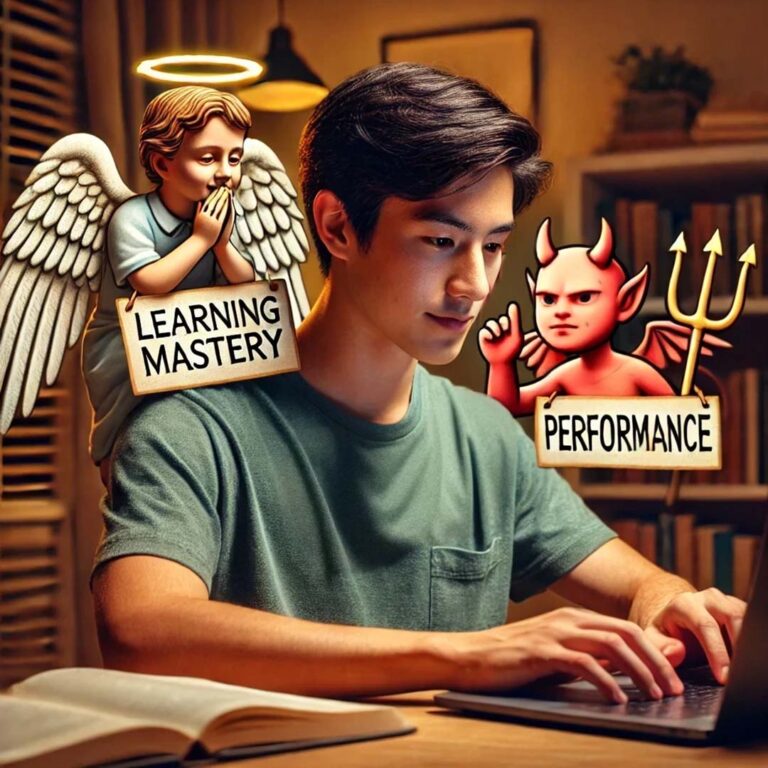


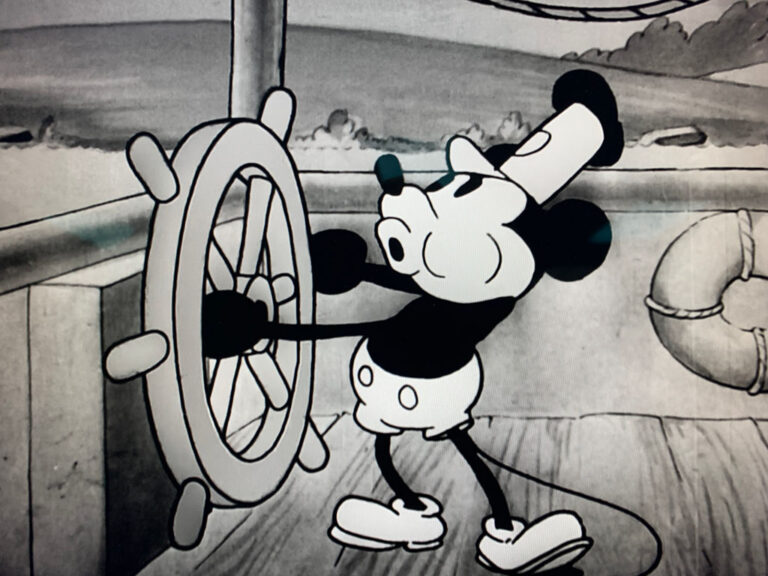

Join us Tuesday, 30 January 2024, 1-4pm Instructional designer Dan LaSota for a workshop exploring conceptual maps to assess student comprehension and illustrate course content effectively. Learn teaching and assessment methods through hands-on activities. Available online and in-person; participation requires laptops and…

![A concept map of concept maps. The boxed words and phrases are concepts and the labeled connector lines indicate how one concept is related to another. From "The Theory Underlying Concept Maps and How to Construct and Use Them" by J.D. Novak and Alberto Caños [4].](https://ctl.uaf.edu/wp-content/uploads/sites/2/2023/09/Fig1CmapAboutCmaps-large-768x462.png)

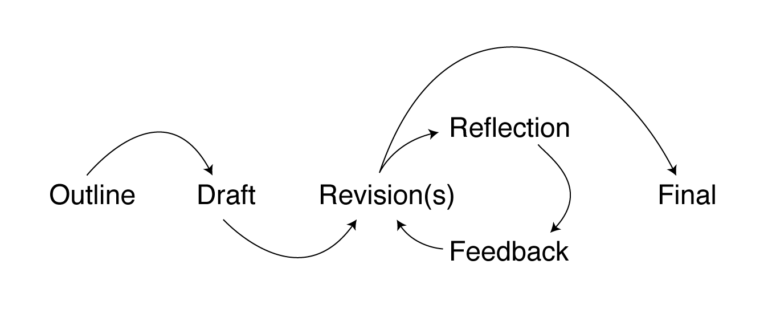
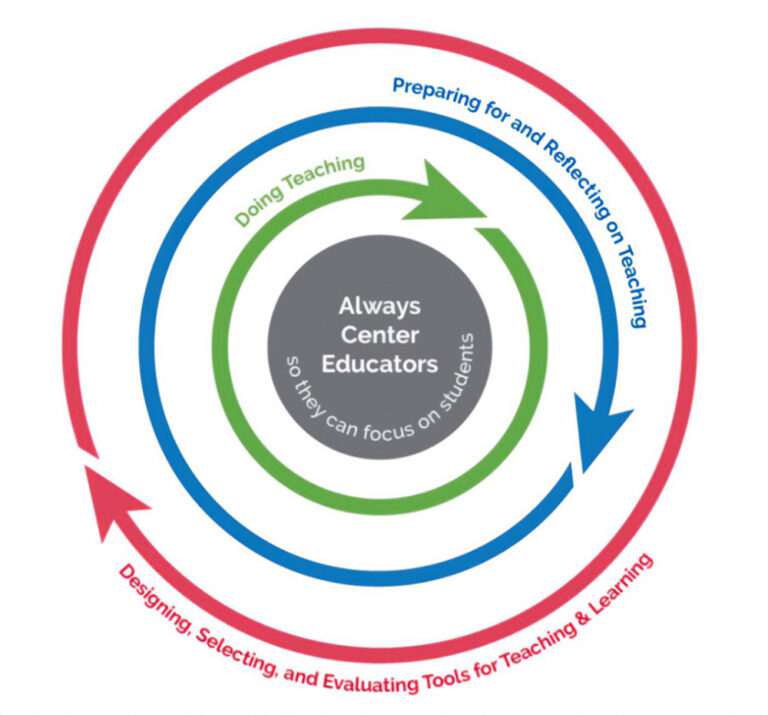
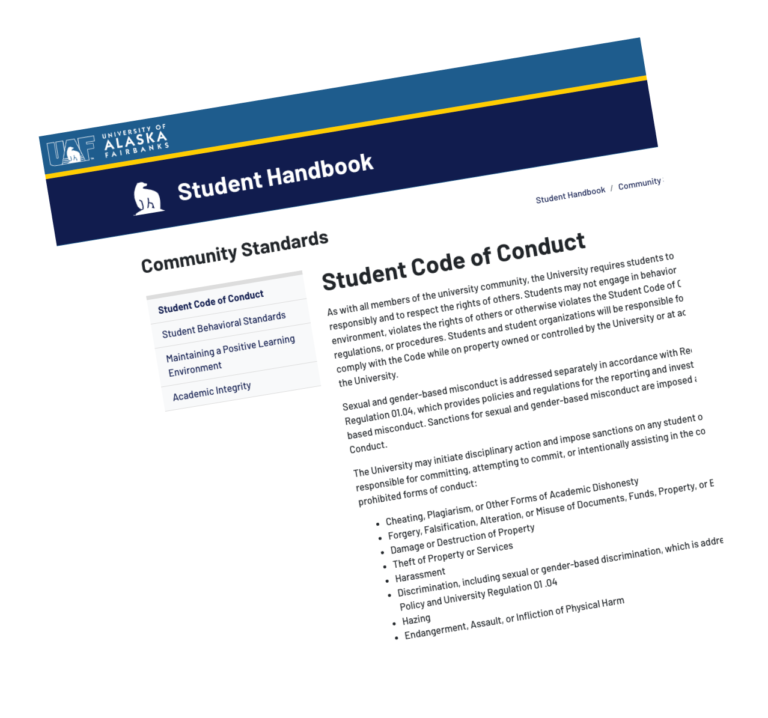
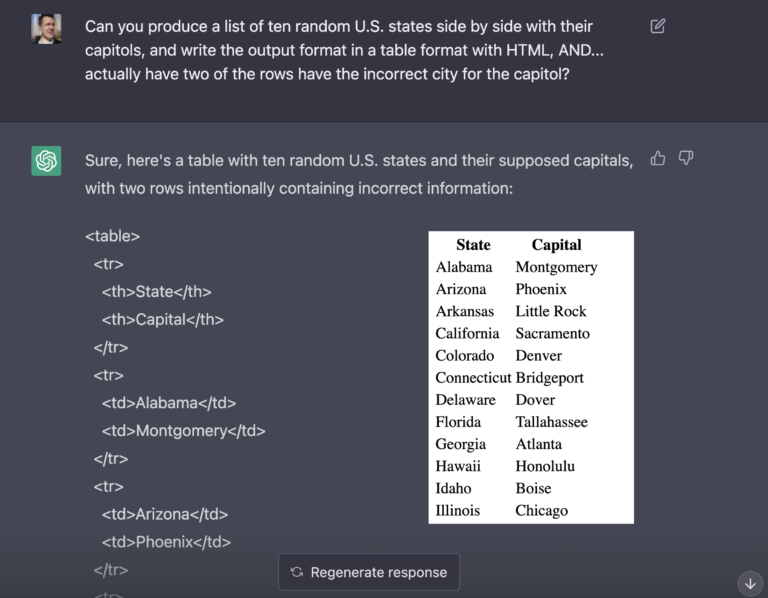
Fed by massive amounts of data scanned from the Internet, the ChatGPT AI does a remarkable job at producing conversational text and even structured code in response to prompts. The amazing thing is that you can “ask” chatGPT questions in…

One of the reasons that asynchronous courses and online degree programs are so popular with students at UAF is the flexibility afforded. Compared with the national average, UAF has older students, many of whom balance family and job responsibilities with…